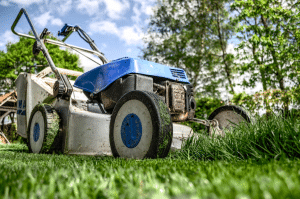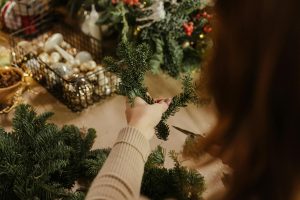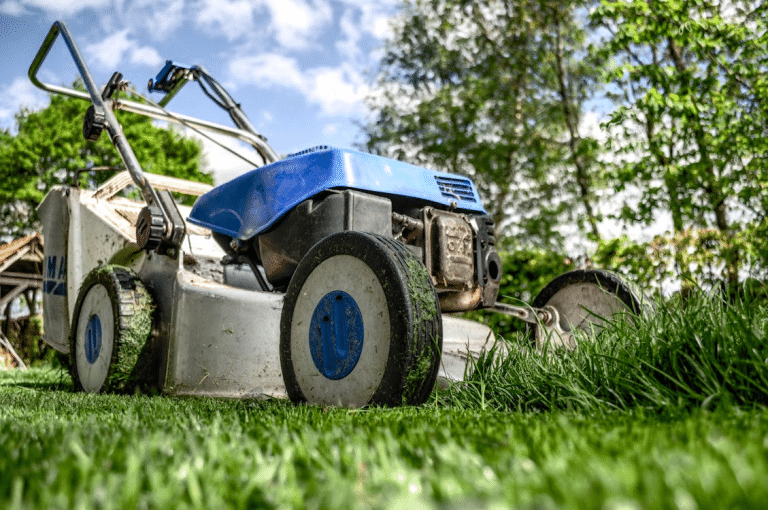F1 genetics in seeds might sound confusing, but it’s actually easy to understand. F1 stands for “first generation.” These seeds are made by crossing two different parent plants. The goal is to get the best traits from both parents—like strong growth, bright color, or tasty fruit.
F1 seeds are often used in gardens and farms because they grow into plants that are healthy, fast-growing, and all look the same. These plants are also more resistant to diseases and pests. Many vegetables you see in stores, like tomatoes and corn, come from F1 seeds.
In this blog, we’ll explain how F1 genetics works in simple steps. You’ll learn how these seeds are made, why they’re popular, and what to know before using them. If you want to grow better plants, understanding F1 genetics can help you make smart choices.
What Does F1 Mean in Seeds?
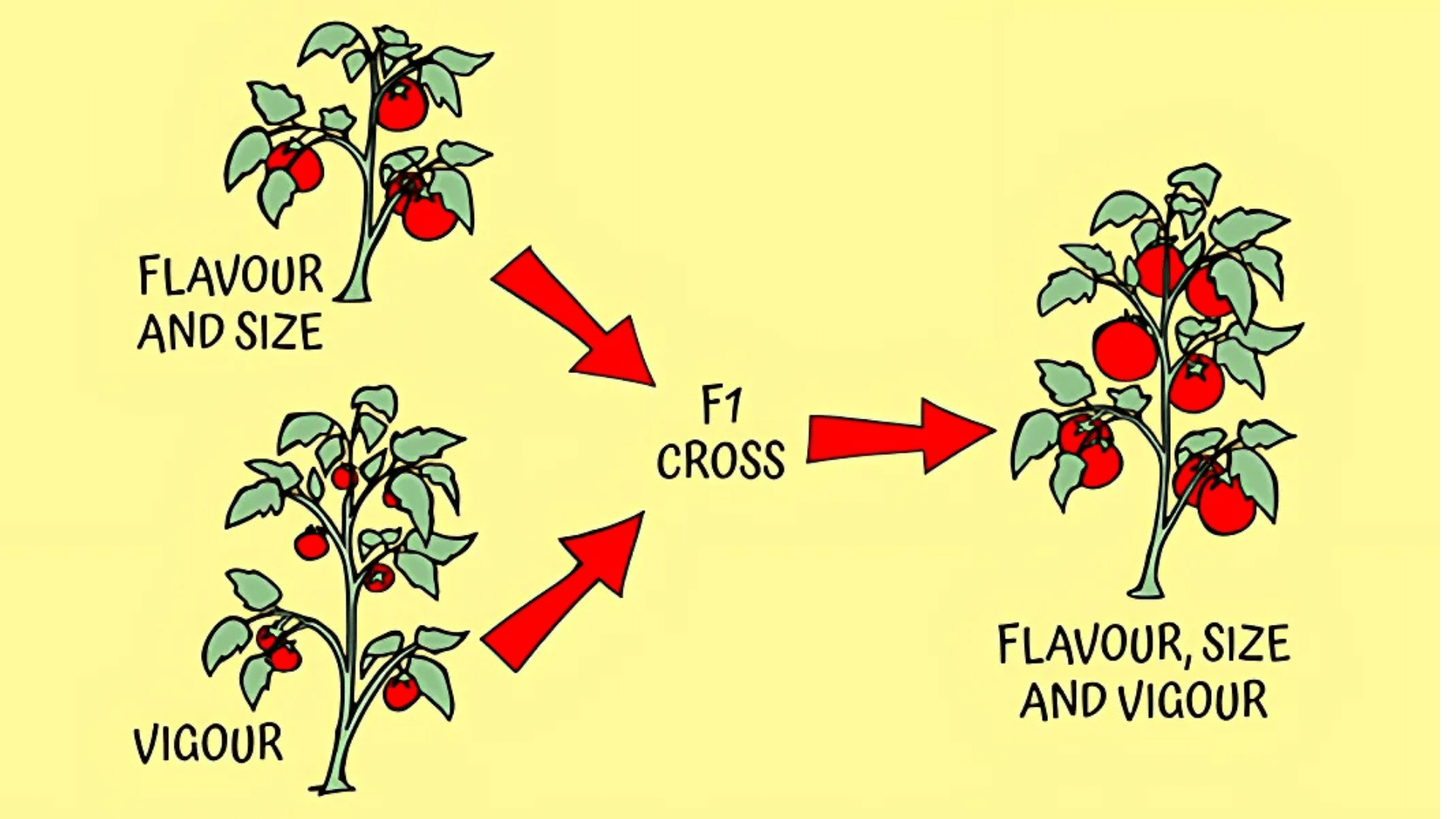
F1 means “first generation.” It comes from the word “filial,” which means children. So, the F1 generation is the first group of plants that come from two parent plants. These parents are chosen because they each have special traits, like big fruit, bright color, or strong stems. When these parents are crossed, the seeds they make are called F1 seeds.
F1 seeds grow into plants that are strong, healthy, and very similar to each other. This is why many gardeners and farmers like to use them.
What Is Plant Genetics?
Plant genetics is the study of how traits are passed from one plant to another. These traits can be anything—like the size of a tomato, the color of a flower, or how fast a plant grows.
Just like people get traits from their parents, plants do, too. If one plant has red flowers and the other has white flowers, the child plant may have red, white, or even pink flowers depending on how the genes mix.
In F1 genetics, the parent plants are picked very carefully. Breeders choose one parent with one good trait and another parent with a different good trait. When combined, the child plant (F1 plant) gets both traits.
How Are F1 Seeds Made?
F1 seeds are made by choosing two different parent plants. These plants are grown in a special way to keep their traits pure. That means the same traits show up every time they grow.
Once the two parents are chosen, they are crossed. This means the pollen from one plant is used to fertilize the other plant. The seeds from this cross are F1 seeds.
This process is done by hand or with special tools. It takes time and care. That is one reason why F1 seeds can cost more than regular seeds.
Why Use F1 Seeds?
F1 seeds are popular because they have many benefits. Some reasons people use them are:
- Stronger plants: F1 plants often grow faster and taller.
- Better yield: These plants usually produce more fruits or vegetables.
- Same size and shape: All the plants look and grow the same.
- Disease resistance: Many F1 plants can fight off bugs and sickness better.
- Shorter growing time: Some F1 plants grow faster, so you can harvest sooner.
F1 vs. F2 Seeds: What’s the Difference?
| Feature | F1 Seeds (First Generation) | F2 Seeds (Second Generation) |
|---|---|---|
| How They’re Made | Cross between two pure parent plants | Seeds saved from F1 plants |
| Plant Traits | Very uniform and consistent | Mixed traits; not all plants look the same |
| Growth Strength | Strong, healthy, fast-growing | Can be weaker or slower-growing |
| Yield | High and reliable | Unpredictable; some may produce less |
| Seed Saving | Not ideal for saving; results vary in next gen | It can be saved, but the plants won’t be the same |
| Cost | More expensive | Cheaper if saved from F1 plants |
| Best For | High performance, one-time planting | Learning genetics or experimenting |
How F1 Genetics Help in Farming
Farmers like F1 seeds because they make farming easier and more productive. Here’s how:
- Reliable crops: F1 plants grow the same size and ripen at the same time. This helps farmers plan better.
- Fewer losses: Plants that resist disease and pests mean fewer crops are lost.
- More food: Higher yields help produce more food to feed more people.
These benefits make F1 seeds a smart choice for big farms and busy growing seasons.
Common Crops with F1 Genetics
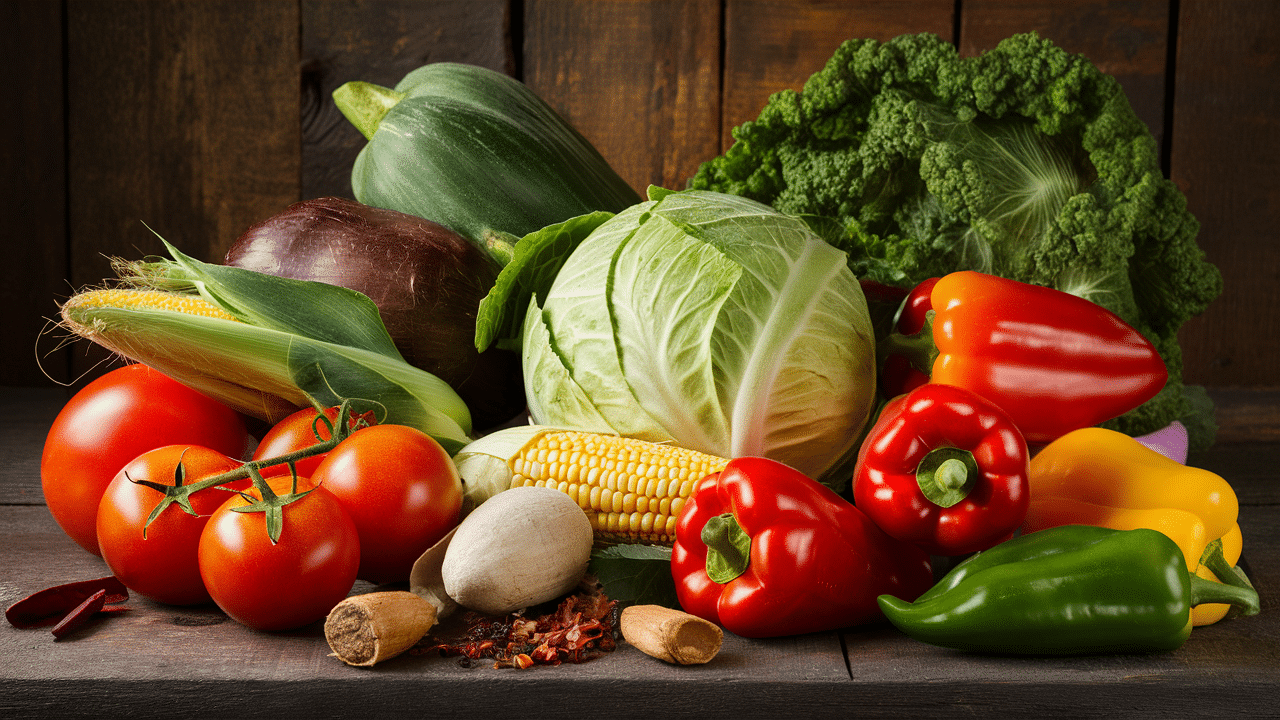
Many crops you eat every day may come from F1 seeds. Some of the most common include:
- Tomatoes: F1 tomatoes grow evenly and resist many plant diseases.
- Corn: F1 corn grows tall and gives high yields.
- Cabbage: These F1 plants form tight, uniform heads.
- Peppers: F1 peppers have a bright color, thick walls, and strong stems.
- Carrots: F1 carrots are often straighter and grow faster.
F1 hybrids are used in many other crops, including melons, lettuce, and beans.
Should You Use F1 Seeds in Your Garden?
F1 seeds are great for gardeners who want good results and fewer problems. If you want plants that grow fast, look nice, and produce lots of food, F1 seeds may be the right choice.
But if you want to save seeds and grow the same plant again, F1 seeds are not the best. You should use heirloom or open-pollinated seeds instead.
Think about your garden goals, your budget, and how much time you have. Then, choose the seeds that match your needs.
How to Know If a Seed Is F1
If you’re buying seeds and want to know if they are F1, check the label. Most seed companies clearly mark F1 hybrid seeds on the packet. You might see labels that say “F1 Hybrid” or just “Hybrid.”
Sometimes, the packet will also mention what makes the seed special—like fast growth, disease resistance, or uniform size. These are signs it might be an F1 seed.
If you’re not sure, you can visit the seed company’s website. They often list detailed info about the seed type, and you can even contact them for questions.
F1 seeds usually cost more than regular seeds, which is another clue. This is because they take more time and work to produce.
Are F1 Seeds Genetically Modified (GMO)?
No, F1 seeds are not genetically modified. They are made by crossing two different parent plants in a natural way, through hand-pollination or controlled pollination, not in a lab.
GMO seeds are made by changing the plant’s DNA in a lab. Scientists insert genes from another plant, animal, or bacteria to give it a specific trait. That’s very different from how F1 seeds are made.
People often confuse hybrids with GMOs, but they are not the same. F1 hybrids are safe, natural, and used by gardeners and farmers worldwide.
Can You Save F1 Seeds?
You can collect seeds from F1 plants, but the plants that grow from them may not be the same.
- F1 plants produce what are called F2 seeds, which belong to the second generation.
-
F2 plants often show a wide mix of traits. Some may be strong, others weak. Some may look or taste different from what you expected.
-
These changes happen because the genes from the original parent plants start to mix in new and random ways in the F2 generation.
-
F1 plants do not breed true, meaning the seeds they produce will not grow into plants that are exactly the same as the F1 plant.
-
If you value seed saving, it is better to grow open-pollinated or heirloom seeds. These seeds will grow into plants that remain the same from year to year.
-
Gardeners who want reliable results each season often choose to buy fresh F1 seeds instead of saving them.
What Are the Downsides of F1 Seeds?
While F1 seeds have many good points, there are also some things to keep in mind:
- Higher cost: F1 seeds are more expensive because they take more work to make.
- Can’t save seeds: If you plant seeds from an F1 plant, the new plants might not be the same. They may be weaker or have mixed traits.
- Less variety: Because all F1 plants are the same, there is less difference in how they grow or look.
How to Store and Handle F1 Seeds
1. Keep seeds dry: Moisture is the biggest danger to seeds. Always keep your seeds in a dry place. To absorb moisture, add a small packet of silica gel.
2. Store in a cool place: F1 seeds last longer when stored in cool temperatures. A pantry or drawer is fine. Some people store seeds in the fridge, but make sure they’re sealed tightly.
3. Keep seeds in the dark: Light can damage seeds over time. Store them in an envelope, jar, or box that blocks light.
4. Use airtight containers: Jars, zip bags, or seed storage boxes are good containers for keeping air and moisture out.
5. Label clearly: Write down the seed type and year you bought or saved them. This helps you track how old they are and if they’re still good to use.
6. Check before planting: If the seeds are more than a year old, you can do a quick test. Place a few seeds in a wet paper towel and check if they sprout. This shows if they’re still good.
What Are Open-Pollinated and Heirloom Seeds?
Open-pollinated seeds come from plants that are pollinated by wind, bees, or by hand. These seeds can be saved and replanted. The plants will be the same as the parent.
Heirloom seeds are a type of open-pollinated seed. They have been passed down for many years. Gardeners love them for their taste and variety.
The main difference between heirloom and F1 is that heirloom seeds keep their traits. F1 seeds give better results for one season but don’t pass on those traits well.
When to Choose F1, Open-Pollinated, or Heirloom Seeds
Each seed type has different uses. How to choose:
- Choose F1 seeds if you want strong, fast-growing plants that produce high yields. These are great for busy gardeners who want results and don’t plan to save seeds.
- Choose open-pollinated seeds if you want to save seeds and grow the same plant again. These are great for learning, experimenting, and keeping seed stock.
- Choose heirloom seeds if you love variety, flavor, and tradition. Heirloom plants have been around for many years and often have unique shapes and tastes.
Think about what matters most to you. Do you want easy growing, fun flavors, or seeds you can save? Each type has its own value, and choosing the right one depends on your garden goals.
Conclusion
F1 seeds come from crossing two parent plants to get the best traits. They grow strong, fast, and give a high yield. Many gardeners use them because the plants are healthy and easy to manage.
But F1 seeds have some downsides. You can’t save the seeds and expect the same results. The next plants may be weaker or different. That’s why some people choose open-pollinated or heirloom seeds instead.
F1 seeds are a good choice if you want quick, strong results and don’t plan to save seeds. Knowing how F1 genetics work helps you pick the right seeds for your garden.





